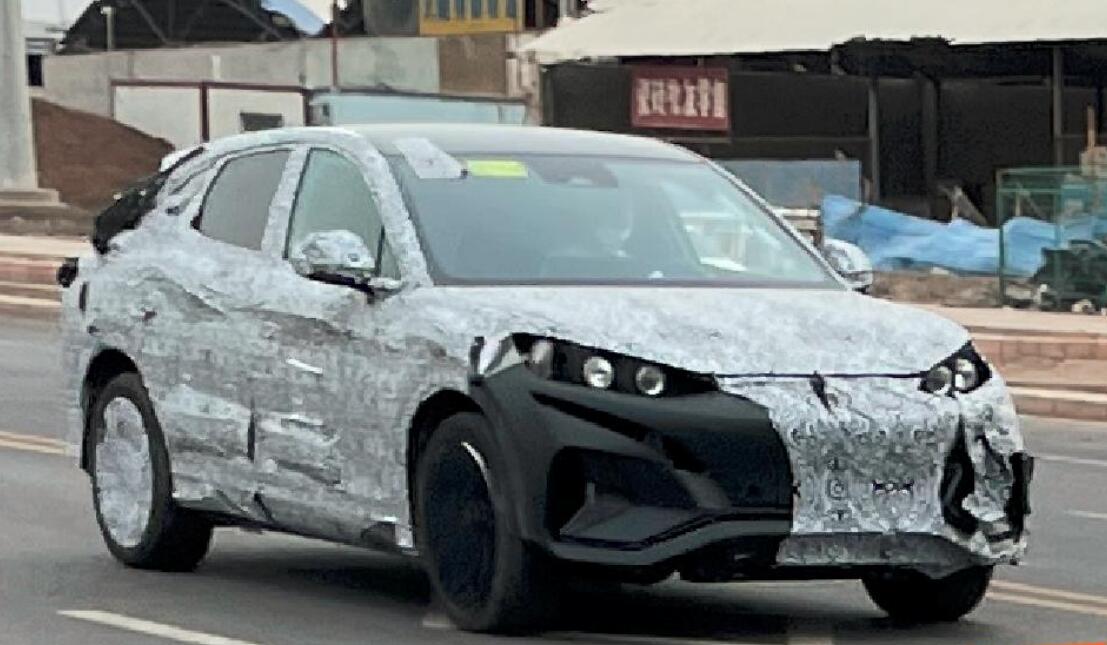BYD said that since the pre-sale started on May 20, the pre-sale orders for BYD Seal have exceeded 60,000 units.

(Image credit: BYD)
BYD has officially launched its much-anticipated new sedan, the BYD Seal, after pre-sales of the model began in late May.
In today's launch, BYD again introduced the model's specifications and technologies, including CTB (cell to body) and iTAC intelligent torque control technology.
Compared to the pre-sale prices announced on May 20, the official launch prices of all versions of the BYD Seal have been reduced by RMB 3,000, which seems to be the usual BYD practice.
BYD offers four versions of the Seal with the following specific post-subsidy selling prices:
The standard-range rear-wheel-drive Elite version with a CLTC range of 550 km starts at RMB 209,800 ($31,130).
The standard range rear-wheel-drive Premium version with a range of 550 km starts at RMB 222,800.
The long-range rear-wheel-drive version with a range of 700 km starts at RMB 259,800.
The four-wheel-drive performance version with 650 km of range starts at RMB 286,800.
The BYD Seal, which is seen as one of the strongest rivals to the Tesla Model 3 in China, will begin deliveries in August.

The Model 3 is currently offered in two versions in China, with the entry version priced at RMB 279,900 and the Performance version priced at RMB 367,900.
The BYD Seal is the company's second all-electric model based on e-platform 3.0 for the Ocean series after the Dolphin, with the most powerful version having a range of 650 km and accelerating from 0 to 100 km per hour in 3.8 seconds.

The length, width and height of the BYD Seal are 4,800 mm, 1,875 mm and 1,460 mm respectively, with a wheelbase of 2,920 mm. For comparison, the China-made Tesla Model 3 measures 4,694 mm in length, 1,850 mm in width and 1,443 mm in height, and has a wheelbase of 2,875 mm.
The model uses CTB (cell to body) technology, which allows the battery to be integrated into the body, similar to Leapmotor's CTC (cell to chassis) technology.
BYD said the CTB solution allows the sandwich structure originally used for the battery pack to be used throughout the body, where the body floor integrates the top cover of the battery pack.

This design allows for a 66 percent increase in the volume utilization of the battery pack, a 50 percent increase in structural safety in frontal collisions, and a 100 percent increase in torsional stiffness of the body compared to conventional designs and over 40,000 Nm/°, according to BYD.
The standard range model of BYD Seal is equipped with a rear motor of 150 kW, the long-range version is equipped with a rear motor of 230 kW, and the front and rear motors of the 4WD performance version are 160 kW and 230 kW respectively.
The standard range models are equipped with 61.4 kWh blade batteries, while the other two models are both equipped with 82.5 kWh blade batteries.
The standard range version of the BYD Seal has 110 kW of DC fast charging power, while the long-range and 4WD performance versions have 150 kW of DC fast charging power. They can all charge from 30 percent to 80 percent in less than 30 minutes on fast charge.
The BYD Seal has a 10.25-inch LCD instrument screen and a 15.6-inch rotatable center screen in the cabin, with the latest version of the DiLink system built in and supporting 5G network connectivity.

The BYD Seal has already achieved good initial acceptance in the pre-sale phase, with the company saying on May 21 that pre-sale orders for the model reached 22,637 units within seven hours of the start of the pre-sale.
At today's launch event, BYD said that as of today, the pre-sale orders for BYD Seal exceeded 60,000 units.
Analysts have high expectations for the model, with Xu Huixiong's team at local brokerage Essence Securities saying in an April 28 research note that the Seal is expected to be the most important model in BYD's history, with steady-state monthly sales expected to exceed 30,000 units.
BYD Seal has been mass-produced in June at BYD's plant in Changzhou, Jiangsu province, in East China, and is expected to have a monthly production capacity of 15,000 units when it reaches production, according to information previously released by the Changzhou Municipal Government.
BYD booth at Shenzhen auto show attracts large crowd after Seal starts pre-sale at perfect timing



